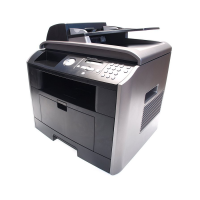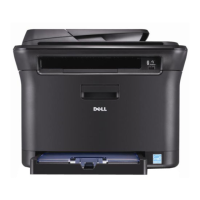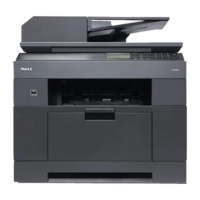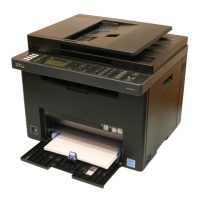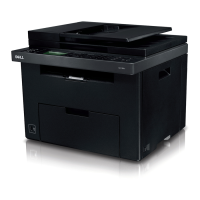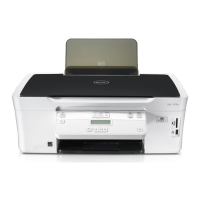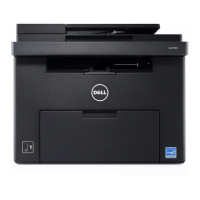Card stock is single ply, and has a large array of properties, such as the moisture content, thickness, and texture, that can significantly affect print quality. See
"Identifying Print Media Sources and Specifications" for information on the preferred weight for the grain direction of print media.
Try a sample of any card stock you are considering using with the printer before purchasing a large quantity:
l Be aware that preprinting, perforation, and creasing can significantly affect the print quality and cause print media handling or jamming problems.
l Avoid using card stock that may release hazardous emissions when heated.
l Do not use preprinted card stock manufactured with chemicals that may contaminate the printer. Preprinting introduces semi-liquid and volatile
components into the printer.
l We recommend the use of grain long card stock.
Storing Print Media
Use the following guidelines for proper print media storage. These help avoid print media feeding problems and uneven print quality:
l Forbestresults,storeprintmediainanenvironmentwherethetemperatureisapproximately21°C(70° F) and the relative humidity is 40%.
l Store cartons of print media on a pallet or shelf, rather than directly on the floor.
l If you store individual packages of print media out of the original carton, make sure they rest on a flat surface so the edges do not buckle or curl.
l Do not place anything on top of the print media packages.
Identifying Print Media Sources and Specifications
The following tables provide information on standard and optional sources, including the print media sizes you can select from the paper size menu and
supported weights.
Print Media Sizes and Support
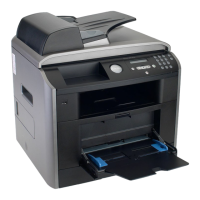
